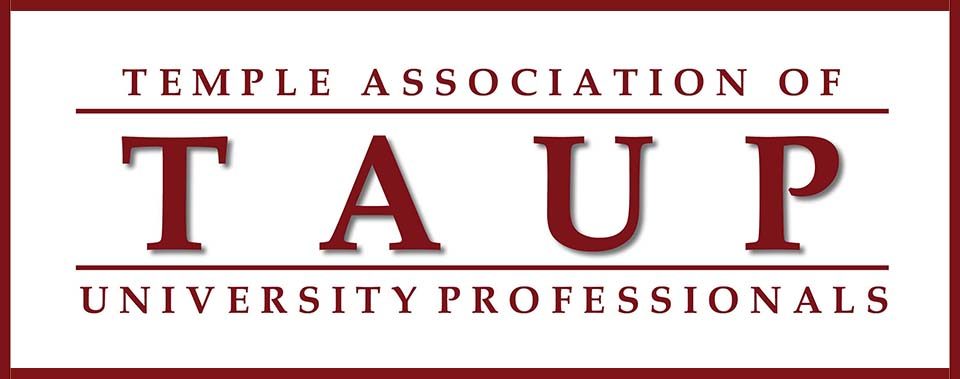We try to be inclusive, and sometimes it goes very wrong.
When the movie Brokeback Mountain came out in 2005, a very well-meaning colleague approached me about it.
“Hey, I saw your movie this weekend,” he said.
This person was trying to be friendly. Brokeback Mountain is not “my movie.”
Sixteen years later, we’ve made progress toward LGBTQ inclusivity in higher education.
More often, we come to campus with the desire for inclusivity and understanding. Sometimes, we get the wrong result.
Consider the use of pronouns – he, she, they.
Encourage the use of these pronouns. But make them optional.
Regardless of their gender, some students may not want to share their pronouns, and that’s OK.
We don’t want to force someone to out themselves in a classroom. The same goes for interpersonal conversations with students and colleagues.
If a student identifies as transgender in a one-on-one conversation, absolutely avoid calling them out in class as transgender.
“So now for the trans experience, Ed do you want to speak?”
Often, it’s the people we’re trying to help that can be made to feel uncomfortable.
Next, look at your course materials and your assignment sheet. Do the instructions say to “write an essay on his or her contributions to the field of science”?
Often, I steer away from pronouns because I can make a mistake.
If I make a mistake even once, I know I’m going to read about it on my student feedback forms. And, we’ve all seen this in the SFFs:
“Please comment on the instructor’s willingness to create an inclusive environment for all students in this course, with respect to disability, ethnicity, gender, gender identity and expression, national origin, political viewpoint, race, religion, and sexual orientation.”
No one likes seeing a negative comment in this area of the SFFs. No one wants to hurt or make students uncomfortable. We also don’t want students to carry this hurt through the end of the semester, believing that they have no recourse but to say something on the SFFs. This might be avoided with a simple conversation.
Take a few minutes during your first class to talk about inclusivity. Tell your students: “If anything I ever say rubs you the wrong way, please communicate with me. I never want to make you feel uncomfortable. And if I ever do, please correct me, either in class or privately. I will thank you for pointing out my mistake.”
Your first class is a great place for that conversation.
Inclusivity is something we all need to work on every day of our lives.
www.bradwindhauser.com
